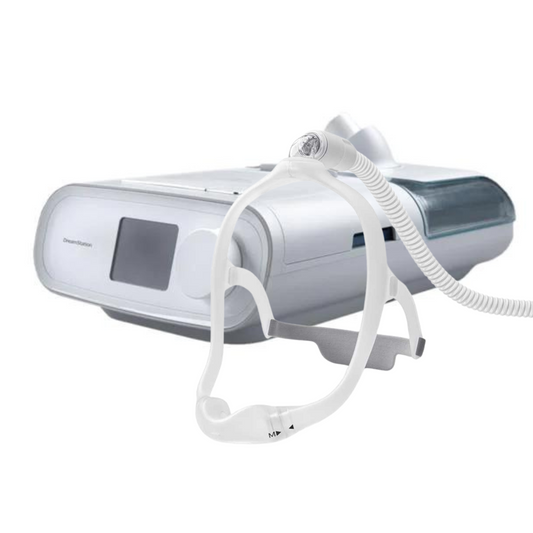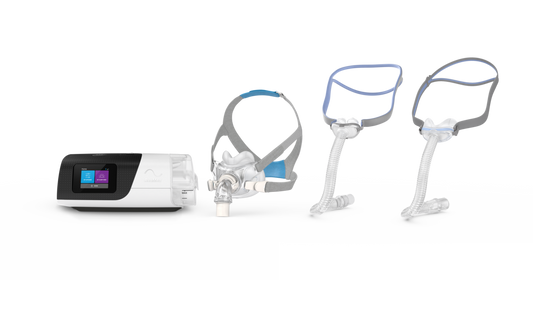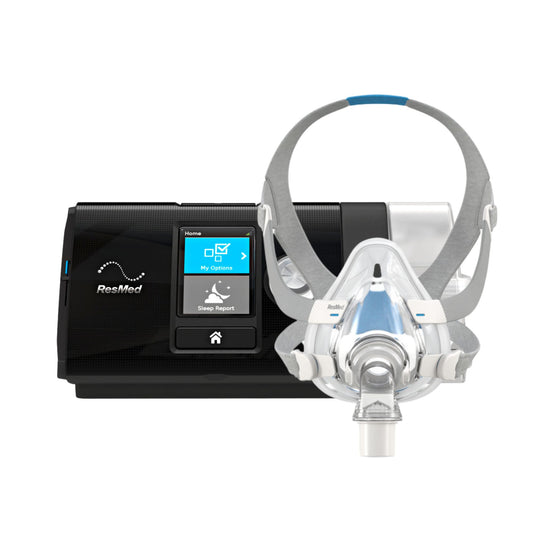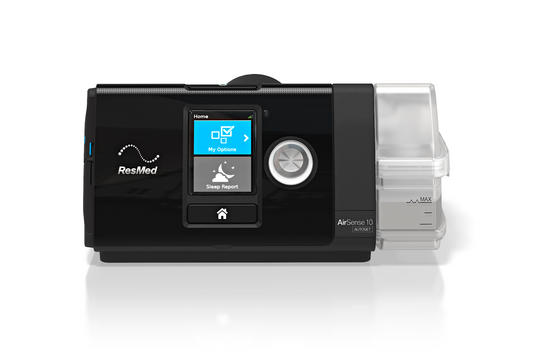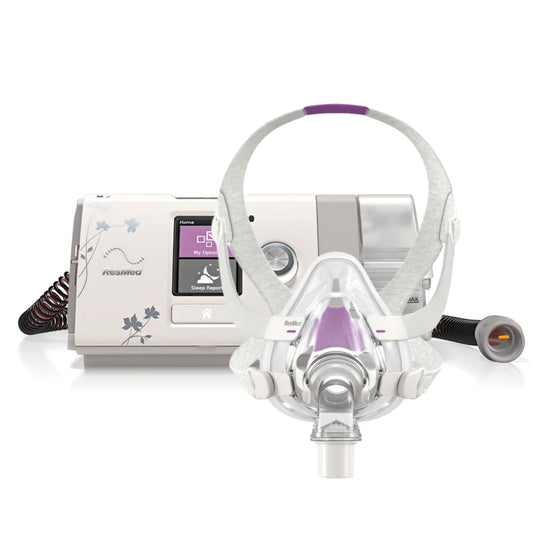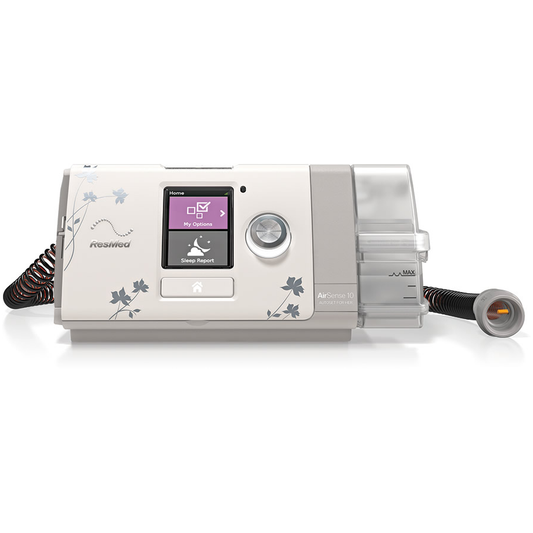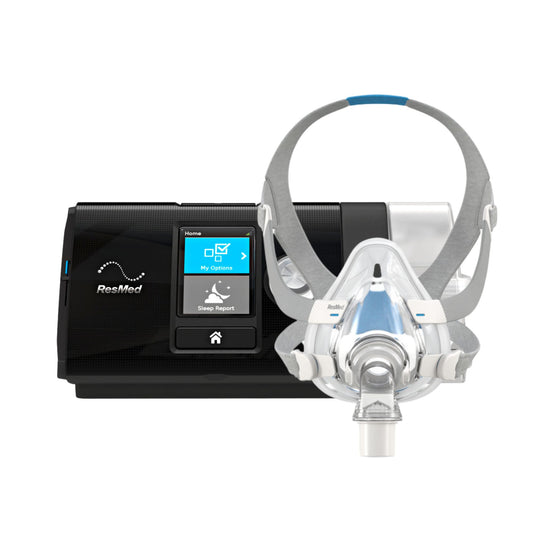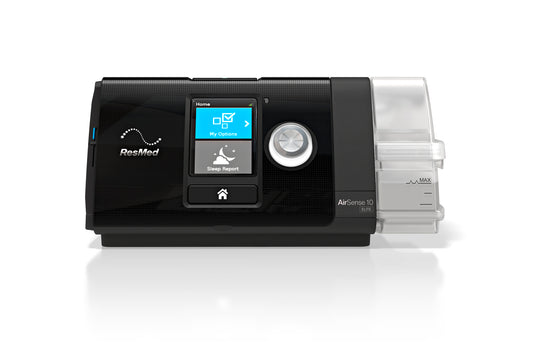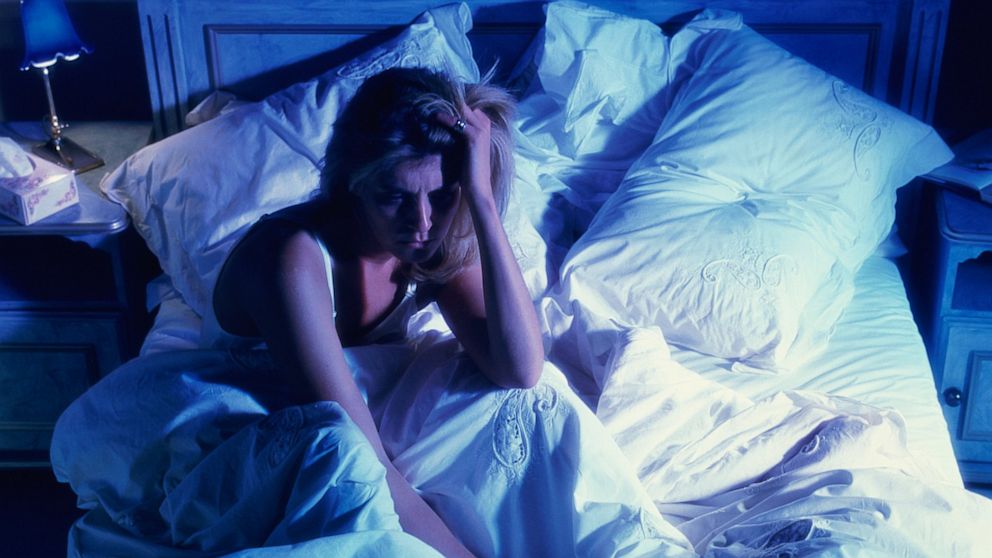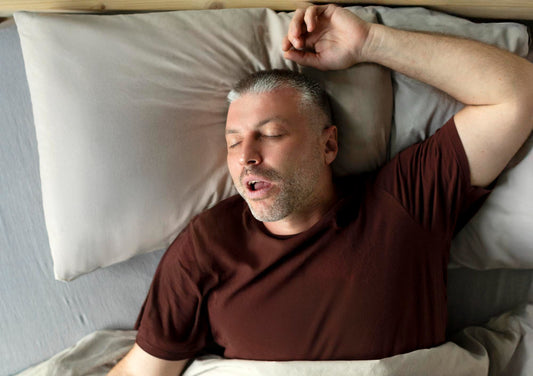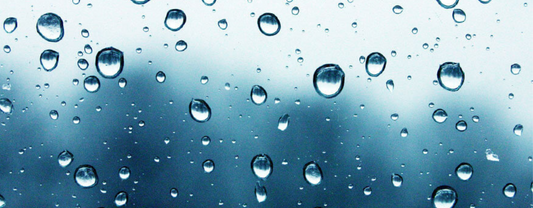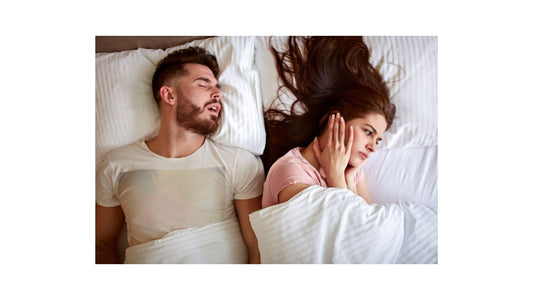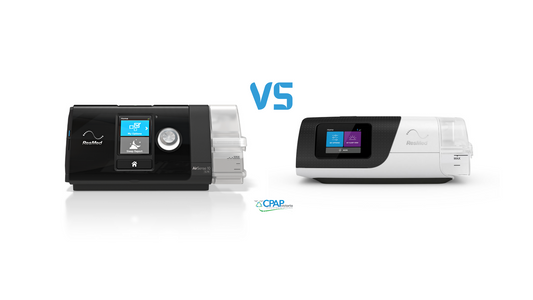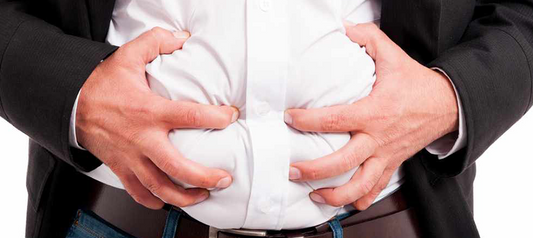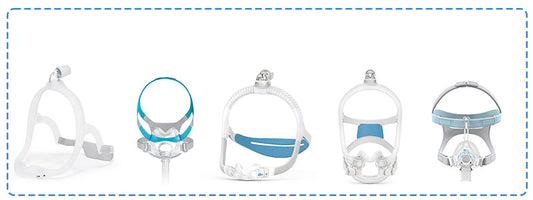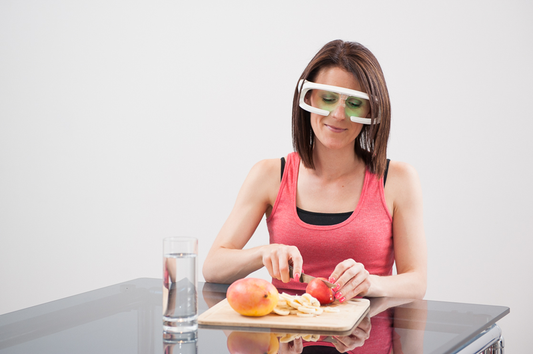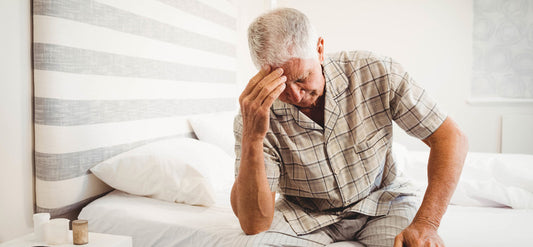Other types of parasomnias have been categorised.
RBD or REM sleep behaviour disorder is a parasomnia where a person acts out his dreams as he sleeps. The dreams are quite vivid and usually action-packed, some to the point of violence. Actions may include flailing, swearing, punching, grabbing, kicking, leaping, and jumping. As this type of sleep disorder is often ignored, the situation usually escalates to the point that results in injury to the person with RBD or his bed partner. RBD is not to be confused with sleep terrors and sleepwalking. In this case, the person is easy to wake up and can recall details of his dream.
Sleep Paralysis is a type of parasomnia where a sufferer is unable to move his body when he is falling asleep and when waking up from sleep. Atonia happens when a person is awake. He is unable to speak as well as unable to move his body, head, and extremities. However, the person can breathe and is aware of what is going on. The episode normally ends on its own or when someone else touches or speaks to the person with sleep paralysis. An episode may happen only once in a lifetime or several times a year.
Nightmares that occur frequently and keep a person from getting the right amount of sleep are considered parasomnias. This is a sleep disorder that involves unwelcome experiences and events that happen while one is sleeping or waking up. A person with a nightmare sleep disorder fears going to sleep as he might have another terrorizing dream. After an episode, he finds it hard to go back to sleep thus resulting in daytime sleepiness and fatigue. Nightmares could provoke negative emotions. They occur in REM sleep, most likely in the third quarter of a night’s sleep. A bad dream that does not wake a person up is just a bad dream and not a nightmare.
Bedwetting or sleep enuresis is another type of parasomnia. This happens when a person fails to wake up from sleep when his bladder is full or is the outcome if there is no bladder contraction, a skill that is gradually acquired as one grows up and develops. Bedwetting is only considered a sleep disorder if it happens at least twice a week to a person who is more than five years old.
Exploding head syndrome is a parasomnia where a person imagines a loud noise just before he falls asleep. It may seem like an explosion has gone off in one’s head. This may also happen as one wakes up in the night. The exploding head syndrome can be described as a clash of cymbals, a painless loud bang or a bomb explosion. An episode naturally causes fear and distress as it may be misconstrued as having a stroke. Several episodes can occur in a night and for several nights. Sometimes a flash of light comes with the sound as well as a muscle jerk or twitch. Episodes are normally painless.
Sleep talking (somniloquy) is when a sleeping person talks loudly. The content of the speech may or may not be understandable and in some cases, the content is quite offensive to others. The loud talking can be disruptive to the bed partner.
Disrupted sleep affects a person negatively. If you think you have a sleep disorder, it is best to set an appointment with a medical doctor.
Find a clinic or call us now for a consultation 1300 750 006.

